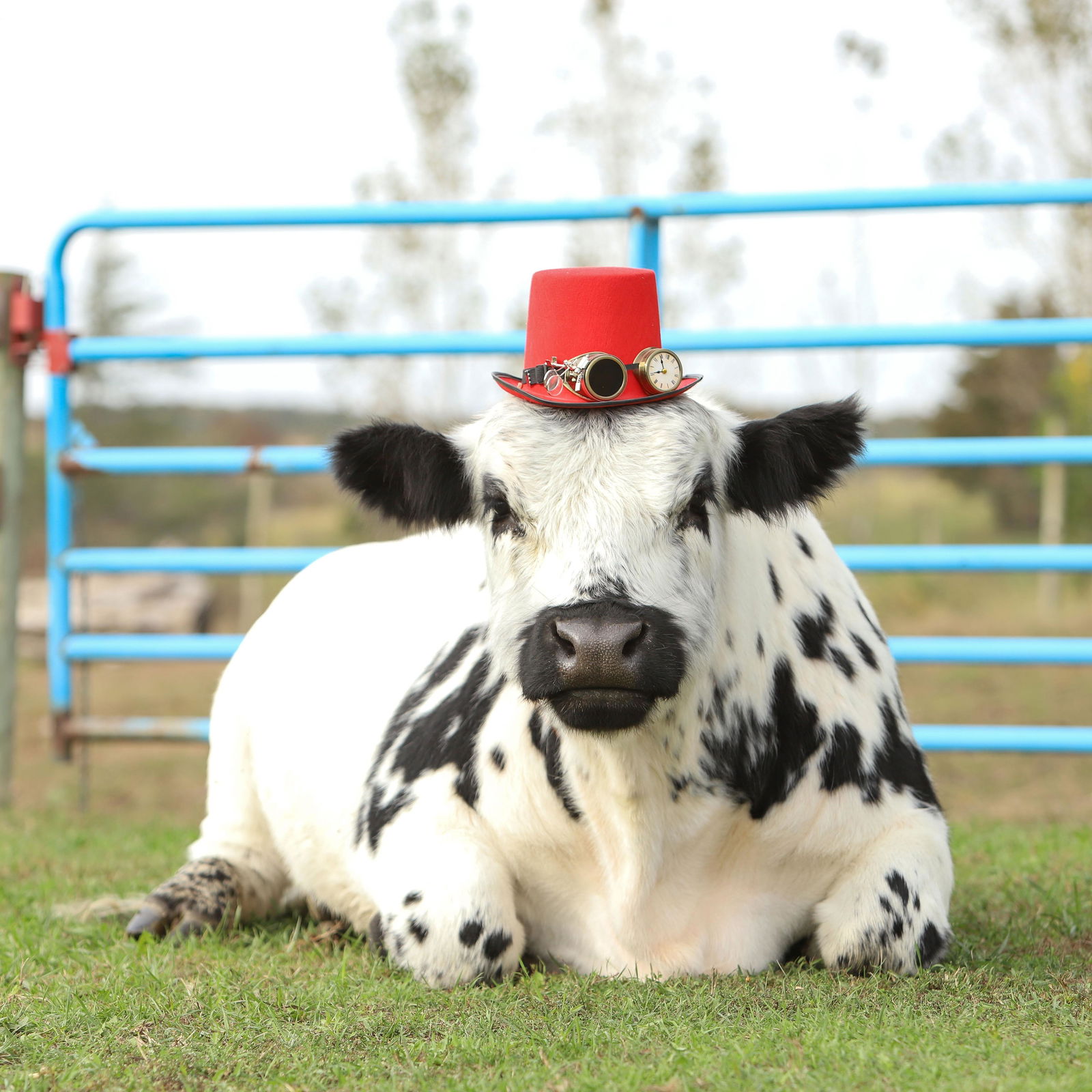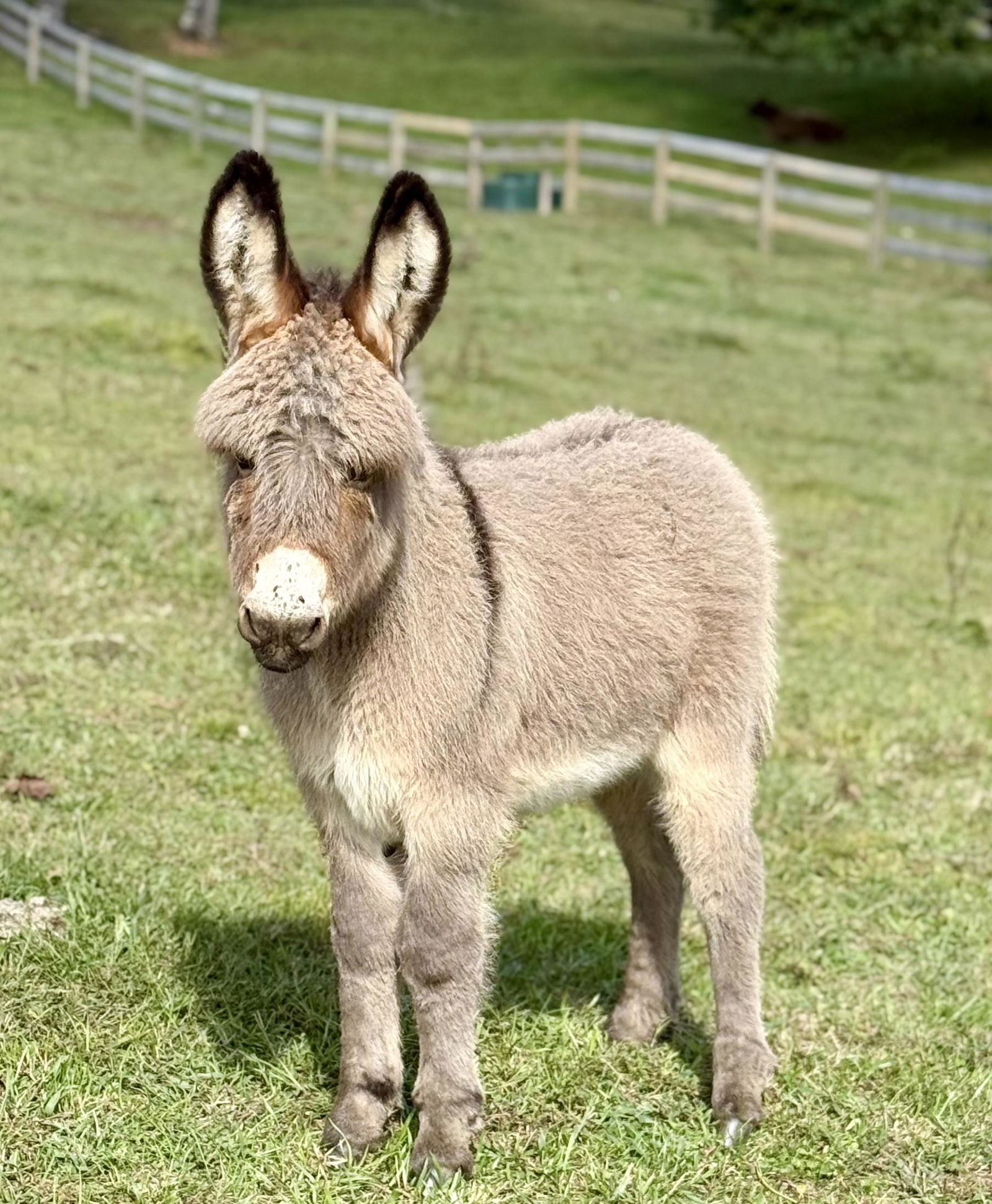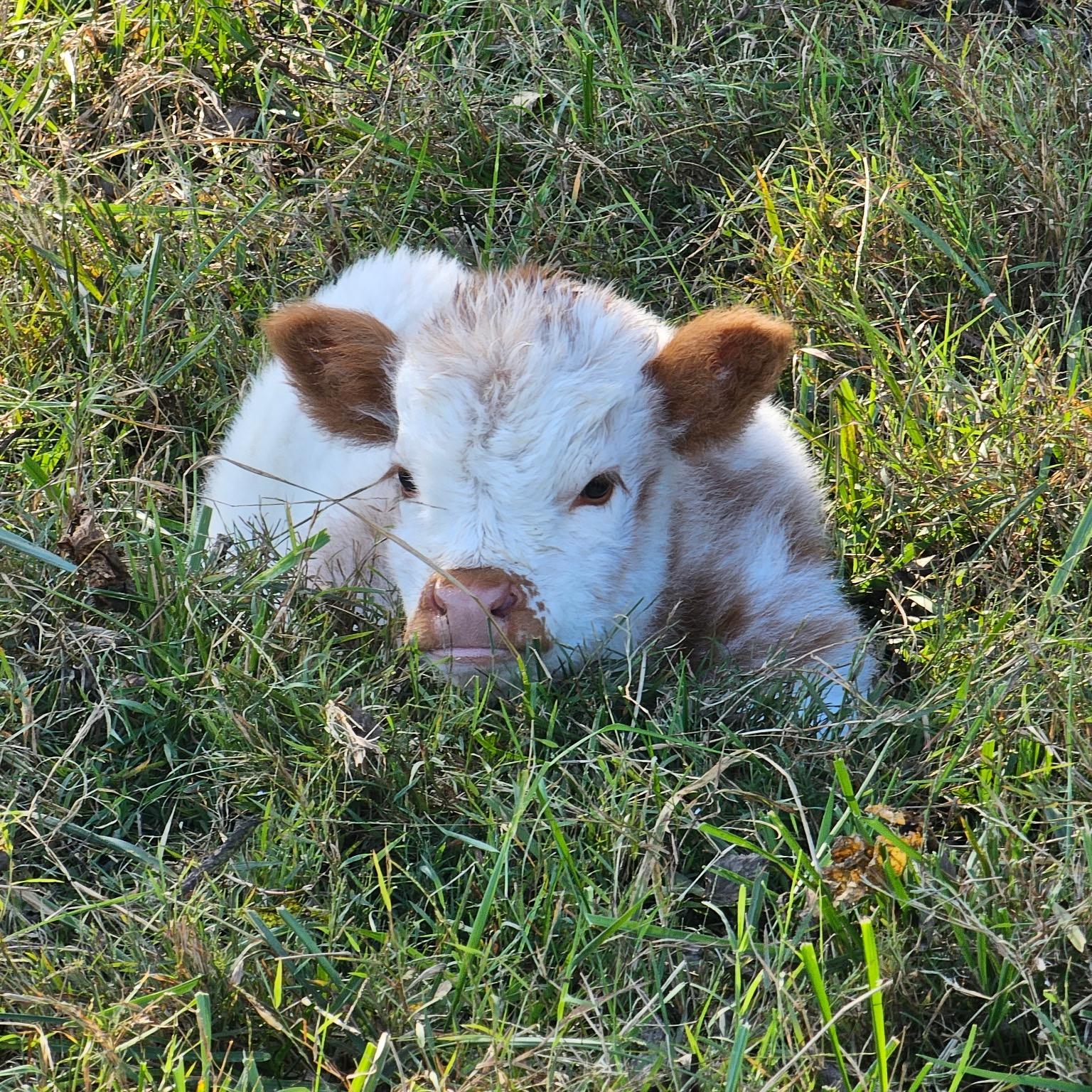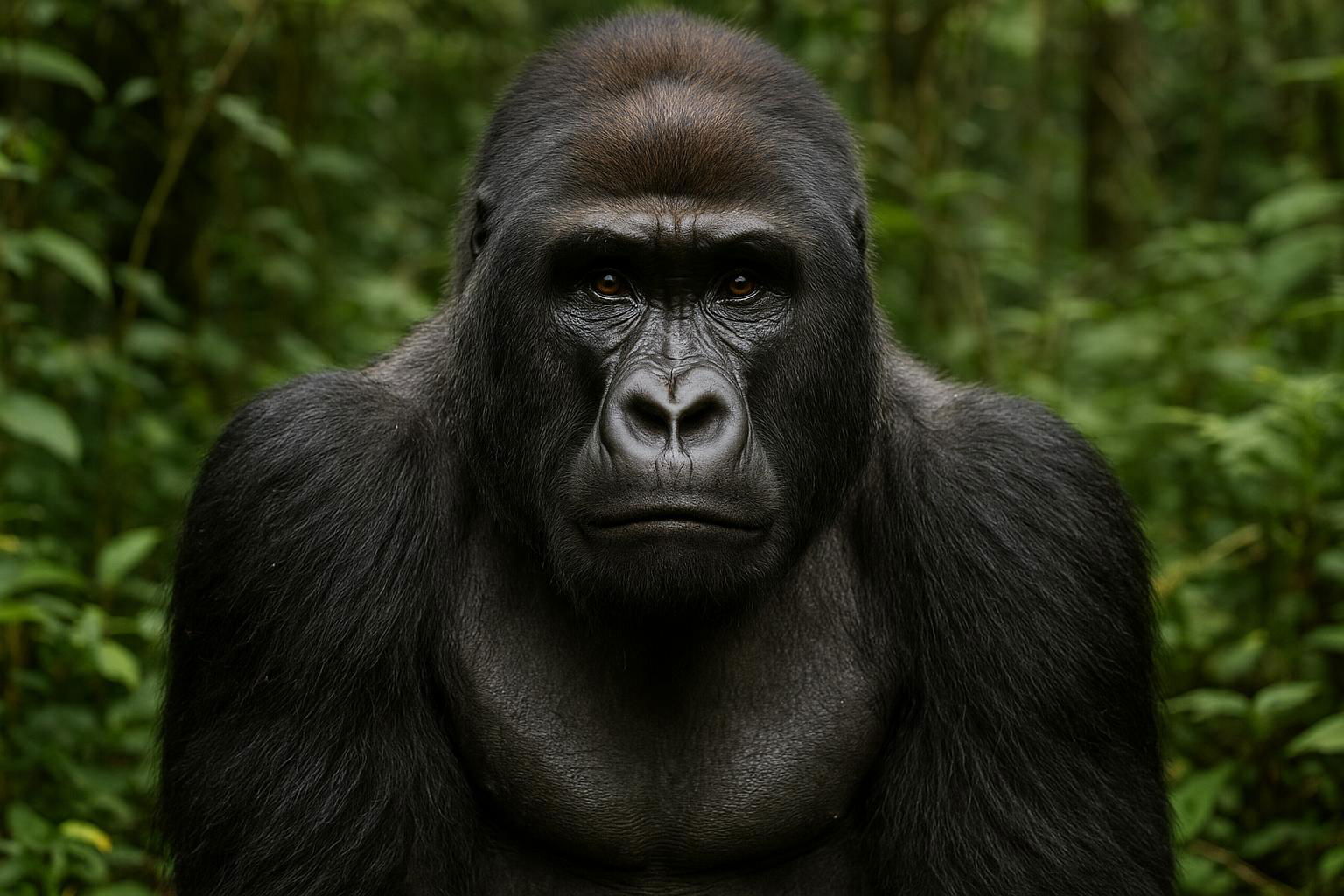
Eastern Gorilla
Gorilla beringei
The Eastern Gorilla (Gorilla beringei) is a critically endangered species of great ape that inhabits the dense forests of the eastern Democratic Republic of the Congo, Rwanda, and Uganda. This majestic species comprises two subspecies: the Mountain Gorilla (Gorilla beringei beringei) and the Grauer's Gorilla (Gorilla beringei graueri), each adapted to specific ecological niches within their respective environments. Mountain Gorillas reside in montane and subalpine forests at elevations ranging from 2,200 to 4,300 meters, primarily found in the Virunga volcanic mountains and Bwindi Impenetrable National Park. In contrast, Grauer's Gorillas inhabit lower altitude, submontane forests.
Eastern Gorillas exhibit a robust physical build with broad chests, large hands, and striking silverbacks marking the mature males. Unlike their Western counterparts, Eastern Gorillas possess longer and darker hair, aiding in better insulation for the cooler climates of their high-altitude habitats. Highly social creatures, they live in cohesive family groups of up to 30 individuals, led by a dominant silverback who oversees daily activities, mediates conflicts, and protects the troop.
Remarkably peaceful and primarily herbivorous, their diet consists of leaves, shoots, stems, and occasional fruits, supplemented by small invertebrates. Eastern Gorillas communicate through a series of vocalizations, gestures, and facial expressions, exhibiting advanced social structures and intelligence.
Despite their impressive adaptability, Eastern Gorillas face significant threats from habitat destruction, poaching, civil unrest, and disease, most notably, human-transmitted ailments like Ebola. Conservation efforts are critical in securing the future of these majestic primates, highlighting the importance of protected areas, anti-poaching initiatives, and community-based conservation programs to ensure their survival.

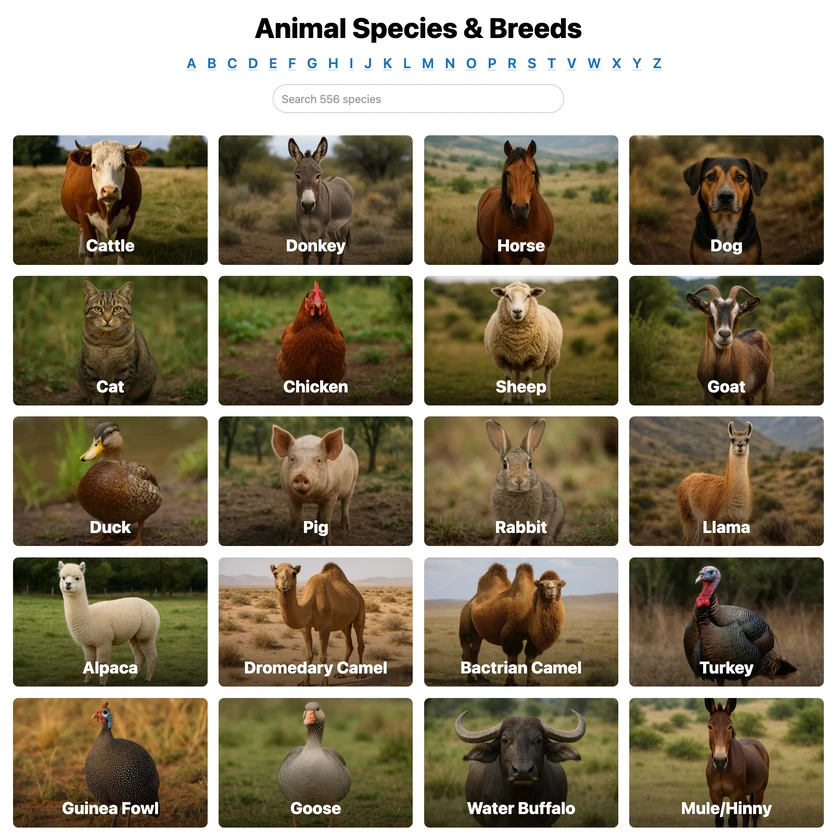 All Species & Breeds
All Species & Breeds
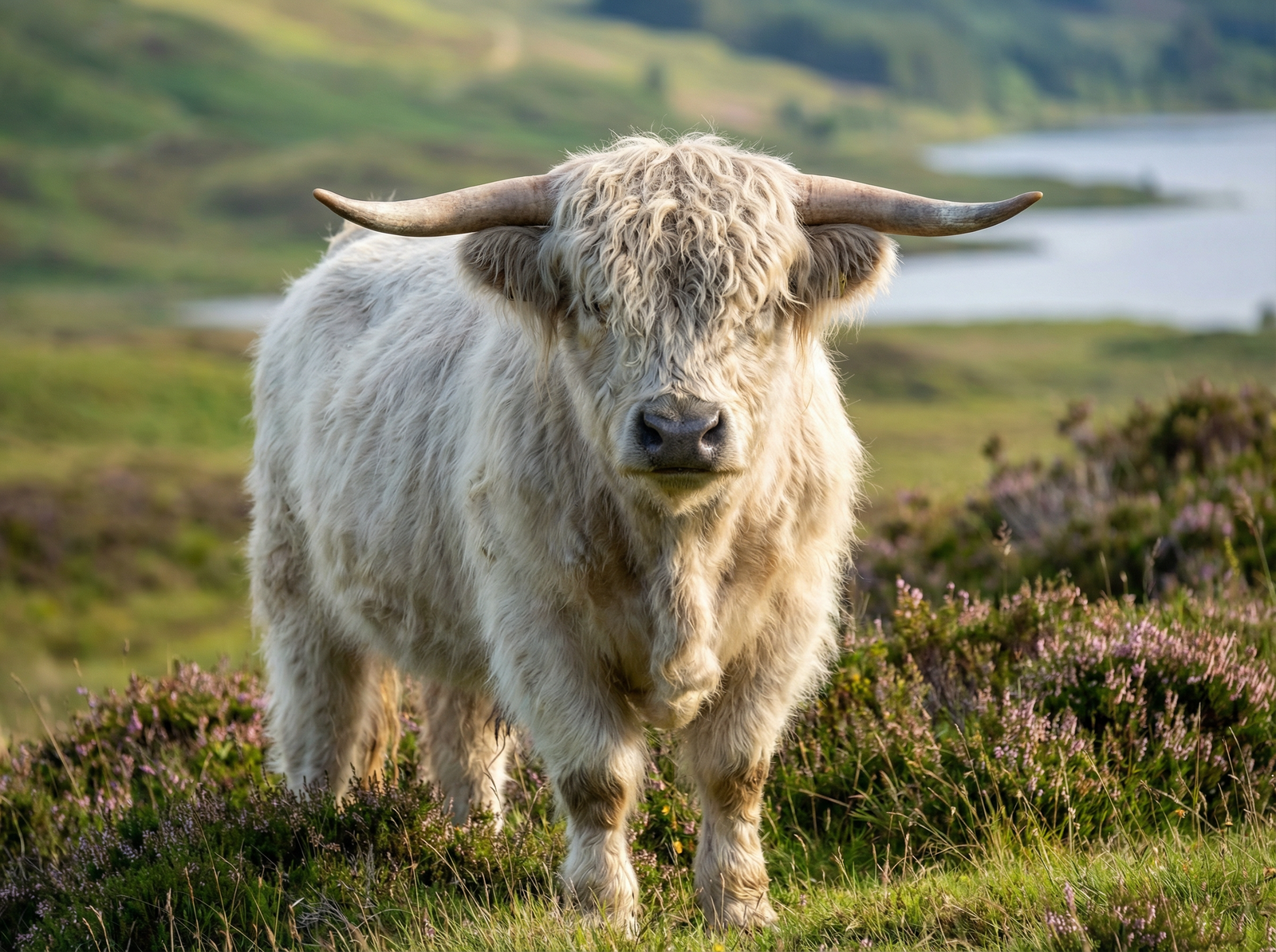 Highland Cattle
Highland Cattle
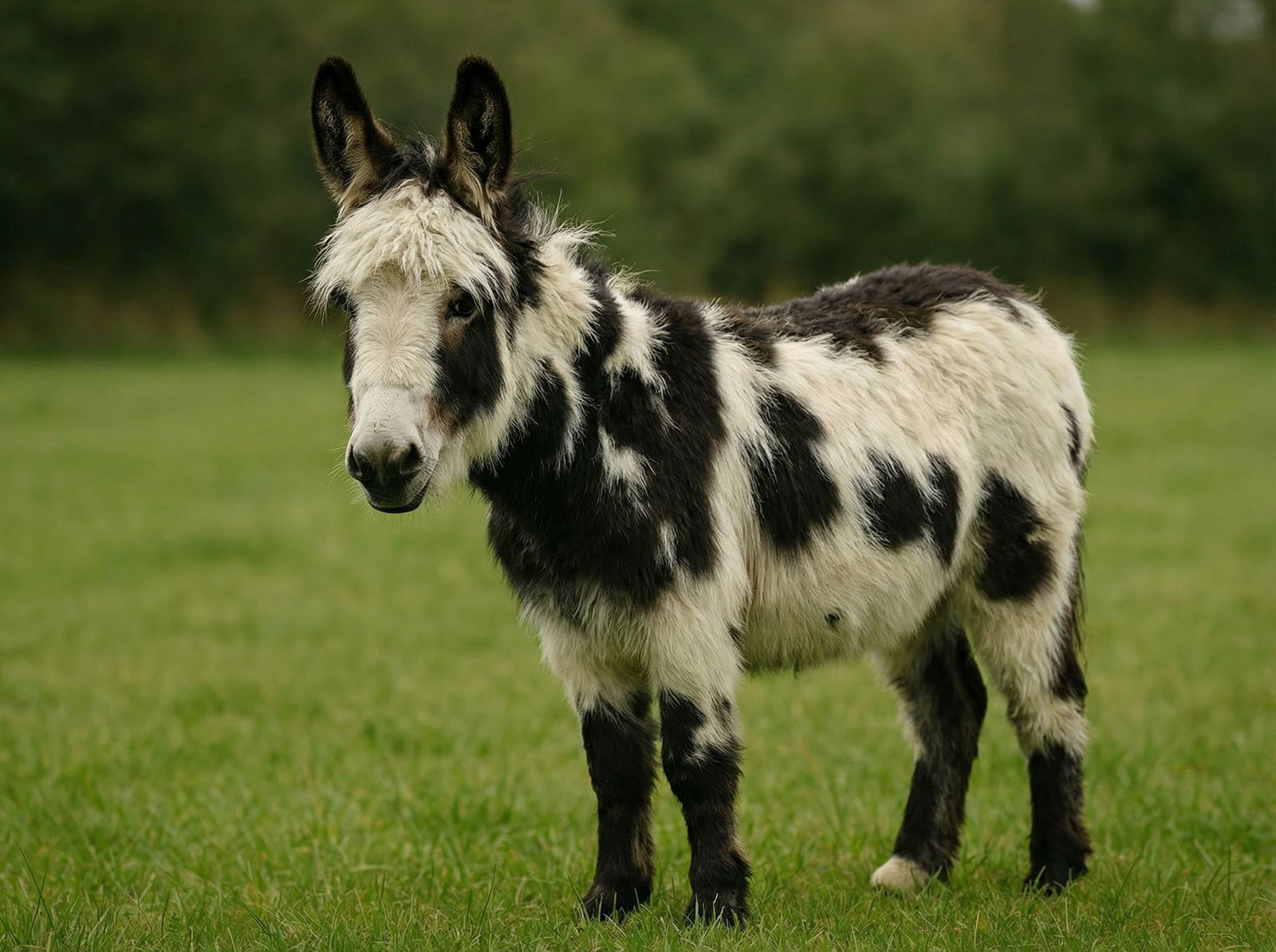 Miniature Donkeys
Miniature Donkeys
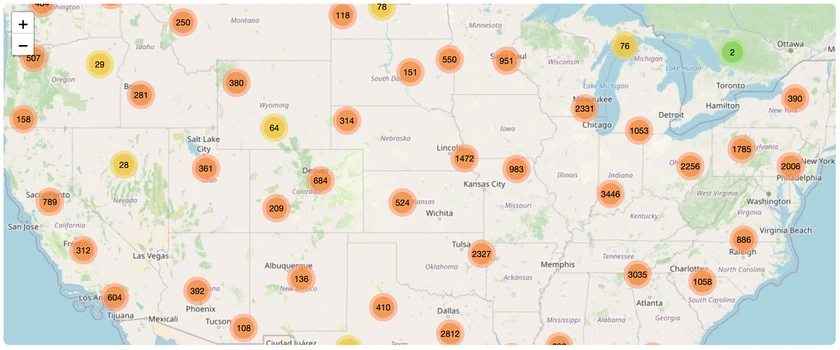 All Species Directory
All Species Directory
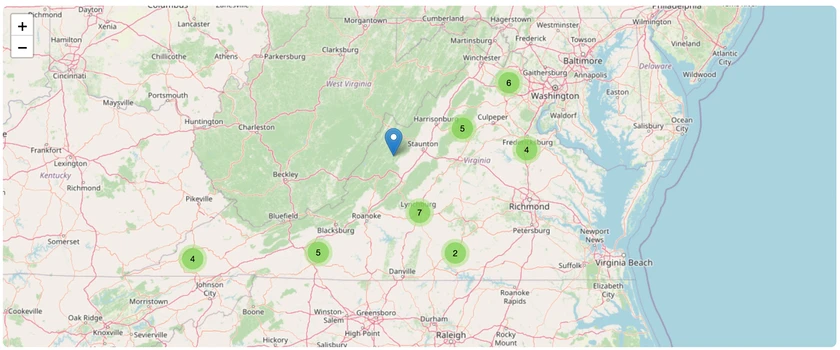 Highland Cattle in Virginia
Highland Cattle in Virginia
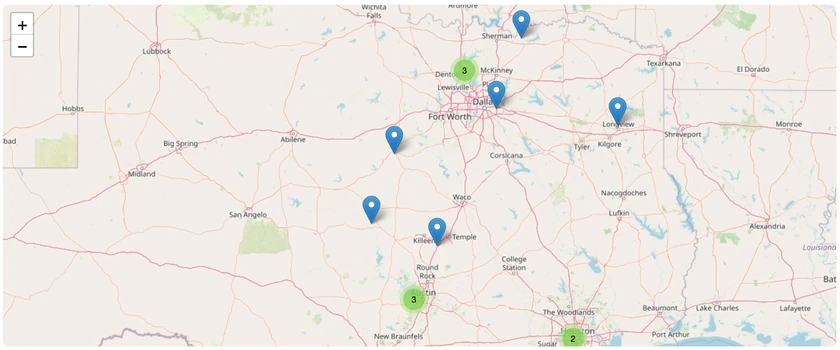 Miniature Donkeys in Texas
Miniature Donkeys in Texas
